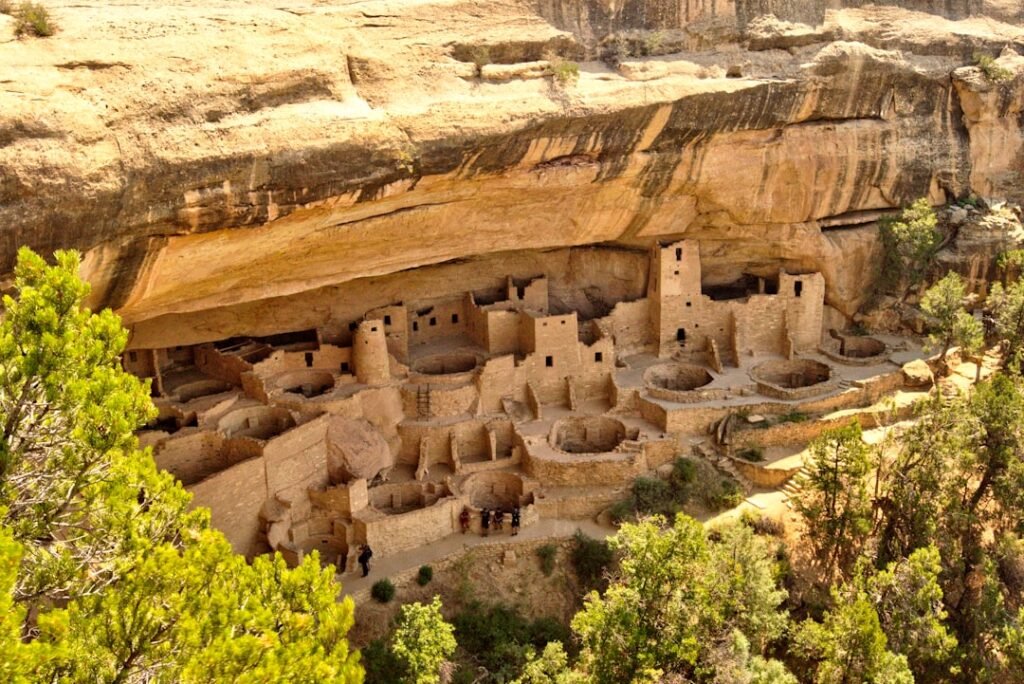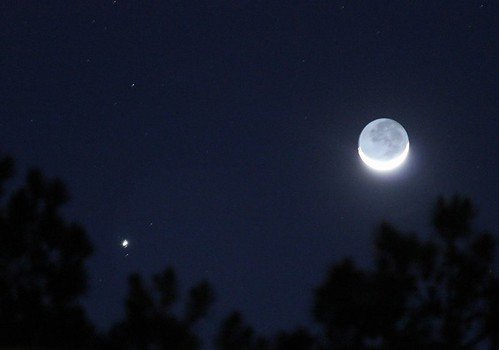Long before European ships appeared on distant horizons, North America pulsed with the vibrant energy of sophisticated civilizations. These remarkable societies constructed towering earthen pyramids, carved cliff-side cities into canyon walls, and established trade networks spanning thousands of miles. Yet their stories remain largely untold in mainstream narratives, overshadowed by tales of European conquest.
You might assume North America was sparsely populated wilderness when Columbus arrived, yet archaeological evidence reveals a continent teeming with advanced cultures. From the bustling metropolis of Cahokia to the architectural marvels of Mesa Verde, these civilizations developed complex political systems, scientific knowledge, and artistic traditions that rivaled anything found in medieval Europe. Let’s journey through time to discover these forgotten worlds that shaped the very foundation of North America.
The Mighty Mississippians and Their Continental Empire
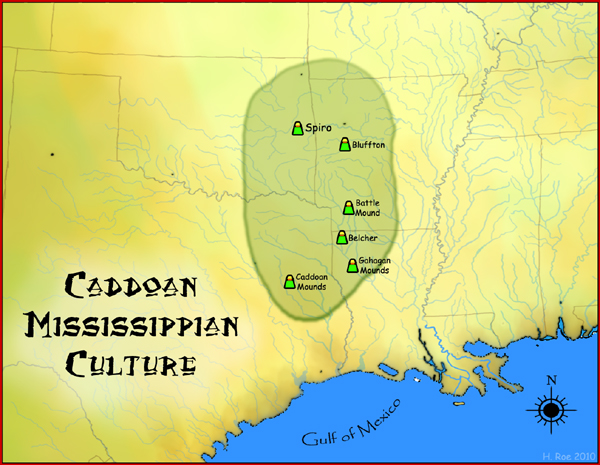
The Mississippian culture stretched across vast portions of the Mississippi river valley, the Southeastern United States and beyond, reaching as far north as Wisconsin and South Dakota, making it the largest and most influential urban settlement culture in pre-contact North America. In the centuries preceding 1000 CE, populations lived in small settlements of 50 to 100 people that were used for short durations of 5–10 years. The Mississippians first appeared around 1000 C.E., following and developing out of the less agriculturally intensive and less centralized Woodland period.
The people of ancient Cahokia, who are referred to as Mississippians, were strong, successful, and peaceful, with their culture emerging between 850 and 900 CE out of an earlier, late Woodland culture. They grew maize and other crops intensively, participated in an extensive trade network, and had a complex stratified society. At their peak around 1000 CE, they were peacefully developing their own government, public works projects, science, art, and specialized labor force.
Cahokia: The First Great American Metropolis
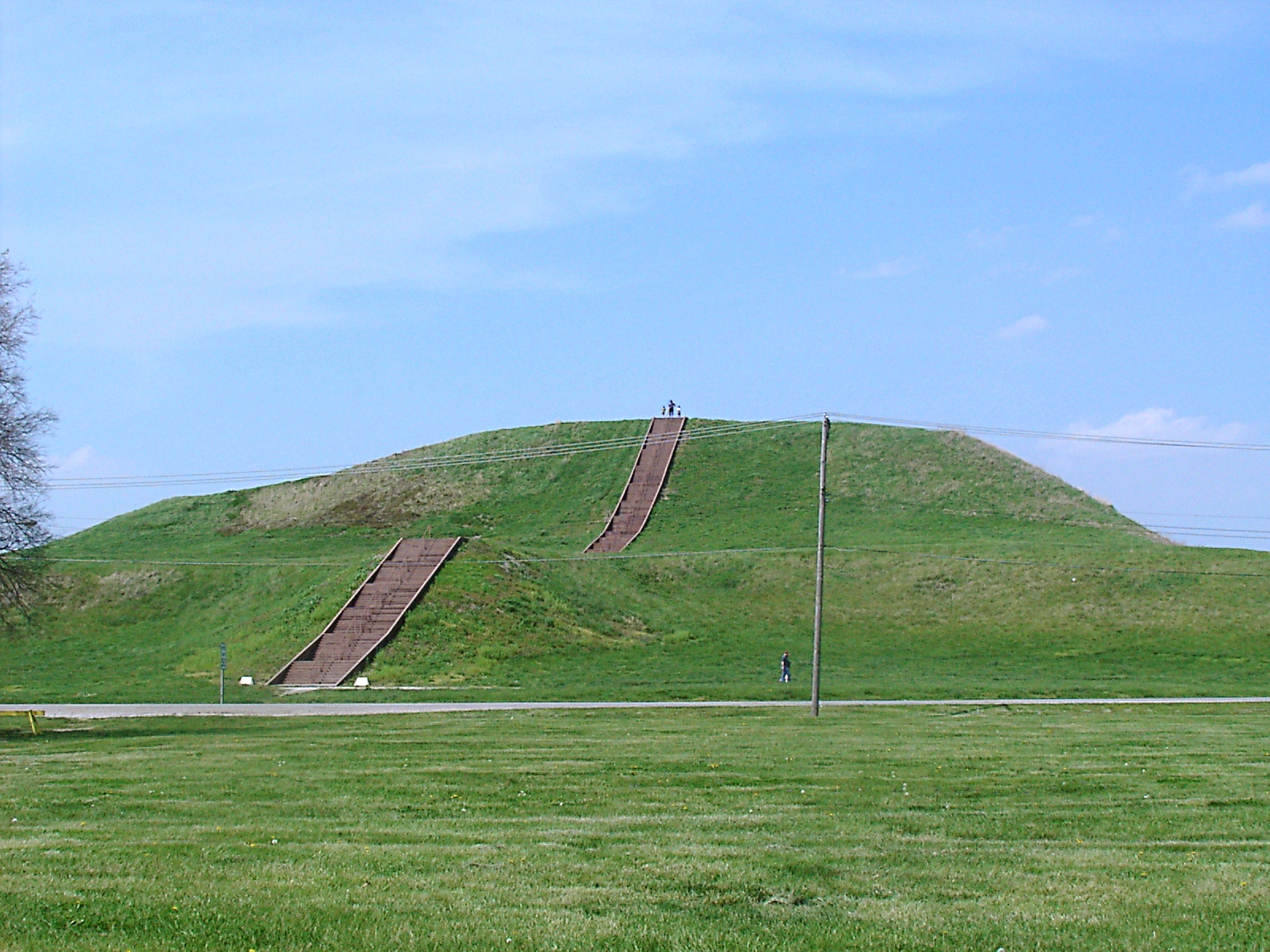
Cahokia was a Native American city that existed from approximately 1050–1350 CE, located directly across the Mississippi River from present-day St. Louis, with its apex around 1100 CE covering about 6 square miles and housing between 15,000 and 20,000 people. If you think about Europe at the time of Cahokia’s peak occupation, it is notable that Cahokia was larger than Paris and London, and there was not another city of Cahokia’s size in what is now the United States until the late 18th century.
The best-known structure was Monks Mound, a flat-topped pyramidal structure that was the main ceremonial and residential mound for religious and political leaders, standing more than 100 feet tall and being the largest pre-Columbian earthwork north of Mexico. The city maintained trade links with communities as far away as the Great Lakes to the north and the Gulf Coast to the south, trading in exotic items such as copper, shark teeth, and lightning whelk shells. Their location along the Mississippi River allowed them to create a vast trading network that reached as far south as the Gulf of Mexico and as far north as the Great Lakes.
The Mysterious Mound Builders and Their Earthen Monuments
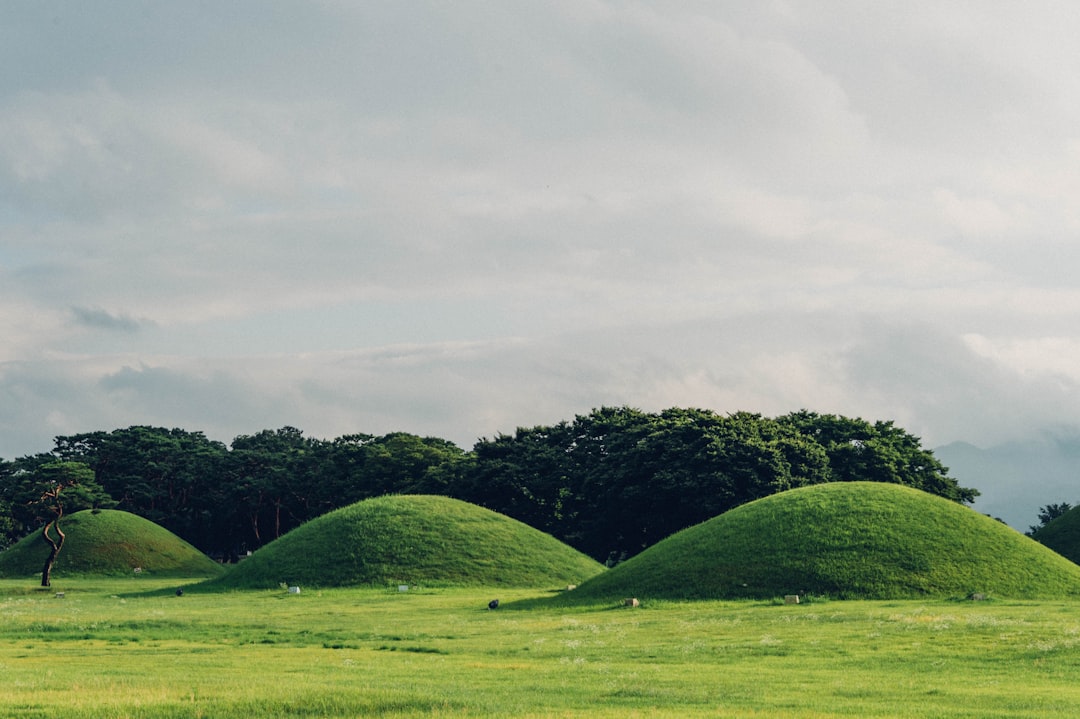
The “Mound Builder” cultures span the period of roughly 3500 BCE to the 16th century CE, including the Archaic period, Woodland period, and Mississippian period, with mound earthworks erected for an extended period of more than 5,000 years. Watson Brake in Louisiana, constructed about 3500 BCE during the Middle Archaic period, is the oldest known and dated mound complex in North America, being one of 11 mound complexes from this period found in the Lower Mississippi Valley.
These cultures generally had developed hierarchical societies that had an elite who commanded hundreds or even thousands of workers to dig up tons of earth with hand tools, move the soil long distances, and create the shape with layers of soil as directed by the builders. Some effigy mounds were constructed in the shapes of culturally significant animals, with the most famous being Serpent Mound in southern Ohio, ranging from 1 foot to just over 3 feet tall, 20 feet wide, more than 1,330 feet long, and shaped as an undulating serpent.
The Ancestral Puebloans: Master Architects of the Southwest
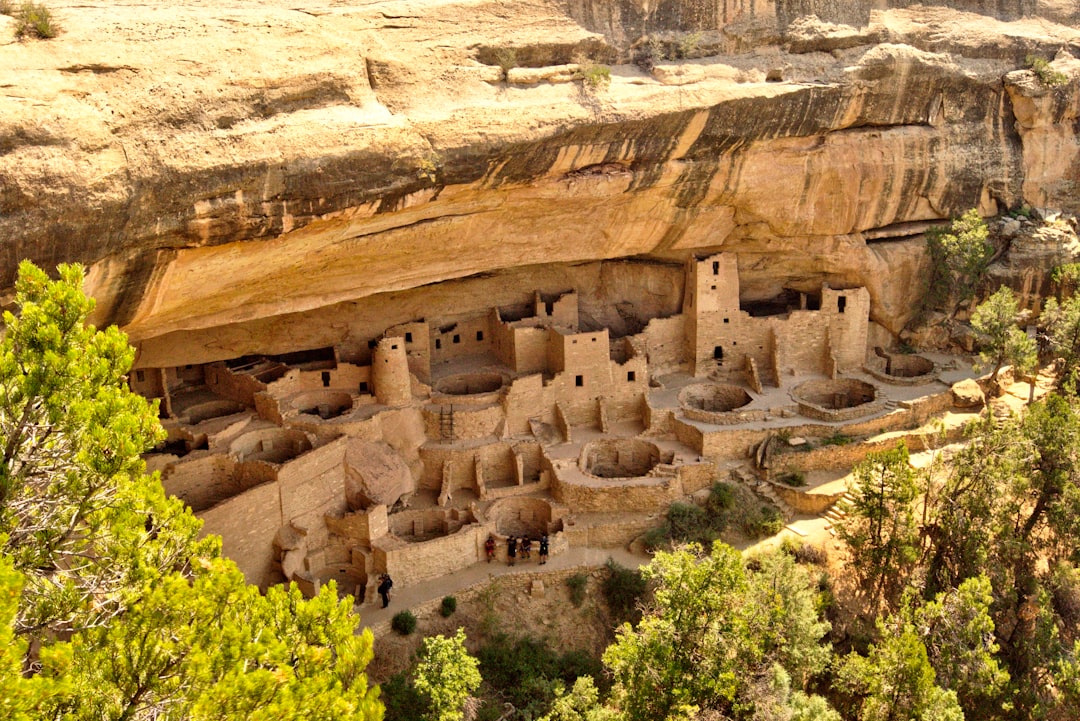
The Ancestral Puebloan peoples (formerly known as the Anasazi) built more than 600 structures (mostly residential but also for storage and ritual) into the cliff faces of the Four Corners region of the United States beginning after 1000–1100 C.E. Mesa Verde and the entire Four Corners area was inhabited by the Ancestral Puebloans for 700 years from around 600 AD to 1300 AD. These masonry dwellings are associated with the Ancestral Pueblo culture period known as Pueblo III (approximately 1150–1300 ce).
The largest of all the cliff dwellings, Cliff Palace, has about 150 rooms and more than twenty circular rooms. There are over 600 cliff dwellings in Mesa Verde alone. The absence of doors and windows to the rooms on the ground floor left a solid outer stone wall that could be surmounted only by climbing a ladder; ladders could easily be removed if the town were attacked.
Advanced Agricultural Systems and Trade Networks

The vast majority of Cahokia’s farmers were women and it’s likely that their critical knowledge of domesticated crops and wild food plants would have earned them positions of power and respect at every level of the society. Their success came in part from an abundant supply of corn, sunflowers, and squash. In the American East, societies thrived off the produce of fields that included beans, corn, and squash, while in Mexico and the American Southwest, even more elaborate societies placed great emphasis on corn, and in the Andes Mountains, the Inca and others prospered from multiple varieties of potatoes.
Merchants traded with cultures from the Gulf coast to the Great Lakes and from the Atlantic coast to Oklahoma, as Mississippian culture spread across that vast area, with goods imported from many locations including copper from Lake Superior, mica from the southern Appalachian Mountains, shells from the Atlantic and Gulf coasts, and various minerals from the lower Mississippi Valley. Despite being in the semiarid southwest, the Ancient Puebloans were able to get enough water through natural springs and controlling runoff, with one of the best examples being Fairview Reservoir in Mesa Verde.
Complex Religious and Social Systems
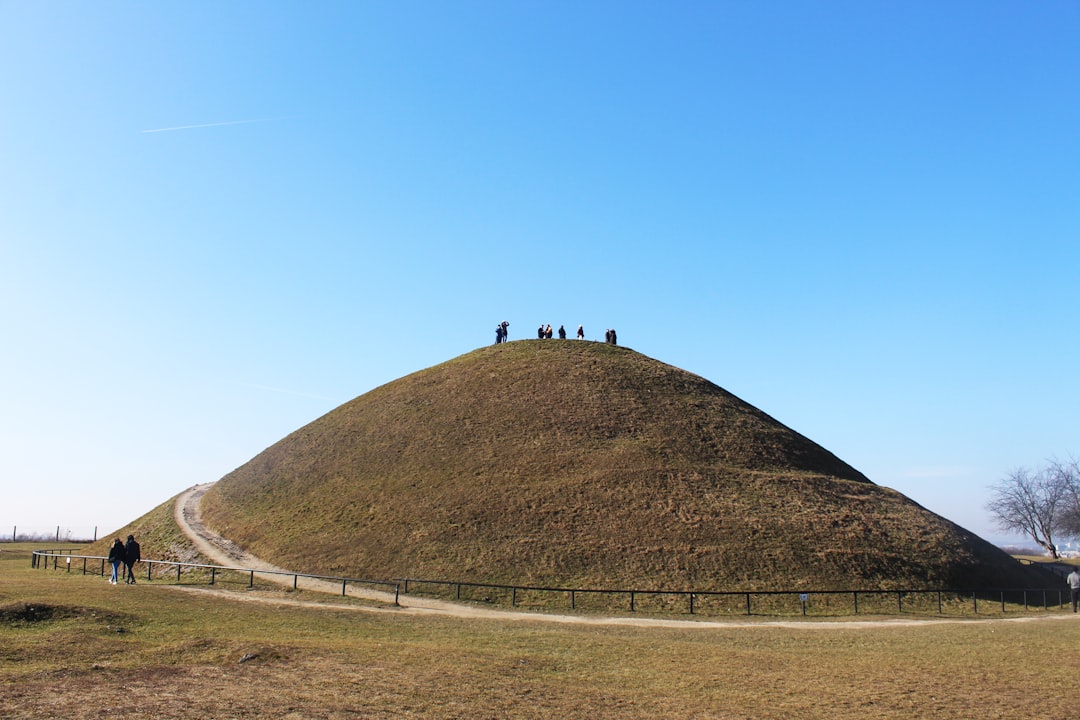
Research has focused on the role religion played in the new social order of Mississippian culture, with religion being central to politics and the economy – basically every part of society. The earthen mounds were used for burials and the largest ones were also stages for great religious ceremonies with temples on their platforms and houses of the chiefs, built around particular cosmological worldviews. During excavation of Mound 72, archaeologists found the remains of about 270 individuals, including a burial known as the Beaded Burial or Birdman, buried on a bed of 10,000 marine-shell disc beads arranged in the shape of a falcon.
Each Ancestral Puebloan community had two or more kivas, or ceremonial rooms, usually round in early times but later square. Villages were made up of living quarters, pit houses or stone room blocks, and kivas, ritual spaces shared by close relatives which developed from pit houses. The average village was made up of a group of people with a common ancestry.
Scientific Knowledge and Engineering Marvels
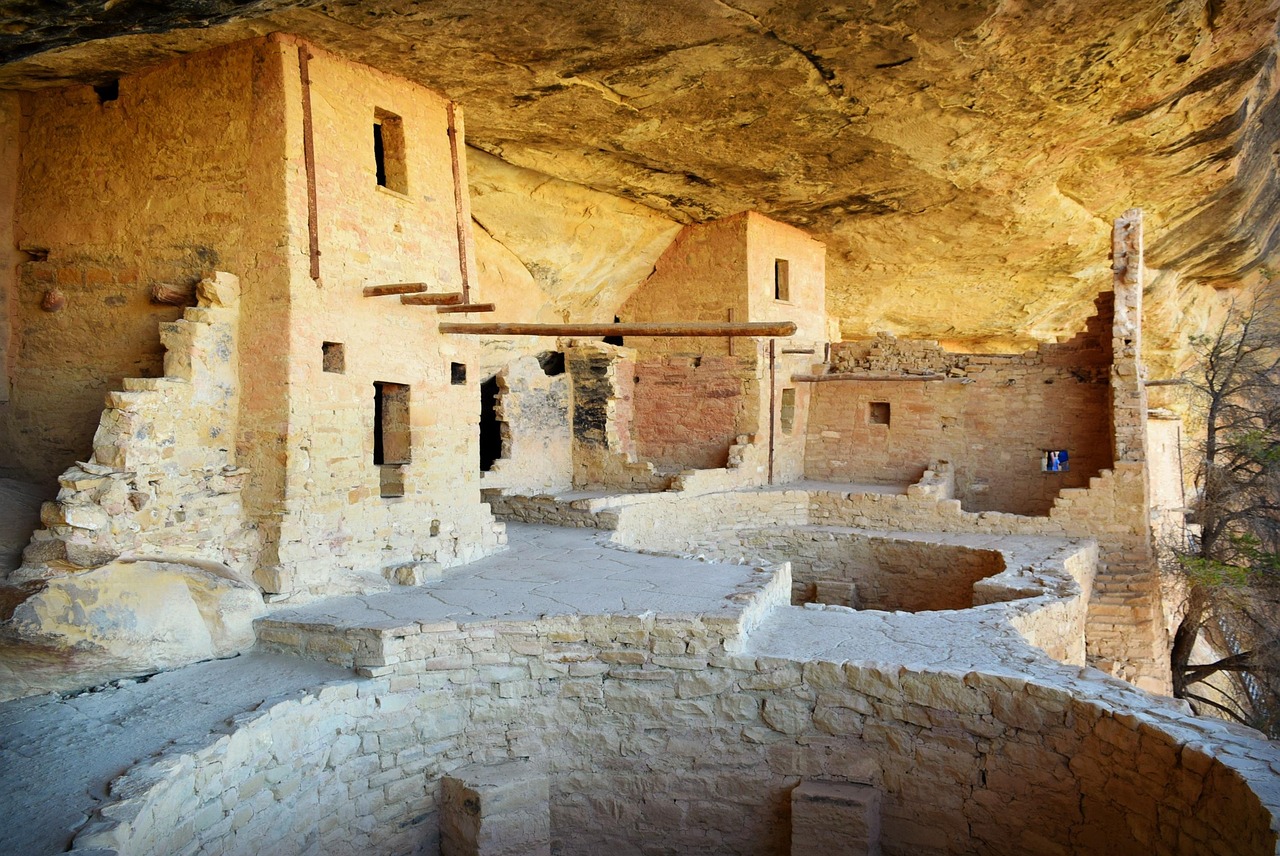
Recently researchers found evidence that the people at Mesa Verde had sophisticated mathematical knowledge, using the golden ratio, a mathematical ratio also used at the Giza Pyramids, to help construct a Sun Temple. Some Mesoamerican societies developed sophisticated systems of writing, as well as an advanced understanding of astronomy. These Indigenous civilizations are credited with many inventions: building pyramid temples, mathematics, astronomy, medicine, writing, highly accurate calendars, fine arts, intensive agriculture, engineering, an abacus calculator, and complex theology.
Skilled administrators and a large labor force were needed to plan, build, and maintain Cahokia, which was laid out with clearly defined zones for administrative and ceremonial functions, elite compounds, residential neighborhoods, and even suburbs – all with similar orientation on the cardinal directions. The cliff dwellings were constructed out of single courses of stone designed to fit the alcoves in which they were built.
The Great Decline and Transformation

As the 13th century ended, the Ancestral Puebloans abandoned the cliff dwellings for other sites, with an examination of tree trunks indicating that a severe drought occurred in the region between 1276 and 1299, known as the Great Drought, which probably occasioned crop failures and shortages of drinking water. Climate change in the form of back-to-back floods and droughts played a key role in the 13th century exodus of Cahokia’s Mississippian inhabitants.
Their productive dry farming allowed the Mesa Verde population to grow perhaps as high as 5,000, but gradually woodlands were cut, wild game hunted out, and soils depleted, with years of drought and poor crops possibly aggravated by village squabbles, leading the ancestral Puebloans to leave the plateau by the end of the 13th century, never to return. The results suggest that the Mississippian decline did not mark the end of Native American presence in the Cahokia region, but rather reveal a complex series of migrations, warfare and ecological changes in the 1500s and 1600s, before Europeans arrived.
Conclusion: Reclaiming America’s True History

These forgotten cultures fundamentally challenge our understanding of pre-Columbian North America. Several tribes today, including the Osage, the Chickasaw, and the Peoria, trace their ancestry back to the people who built Cahokia. Rather than empty wilderness awaiting European civilization, the continent hosted sophisticated societies with monumental architecture, complex governance, advanced agriculture, and far-reaching trade networks.
From Cahokia’s massive earthen pyramids rivaling European cities to Mesa Verde’s ingenious cliff dwellings, these achievements represent millennia of innovation and cultural development. Their mathematical knowledge, astronomical observations, and engineering feats demonstrate intellectual achievements that deserve recognition alongside any world civilization. These cultures didn’t simply vanish but transformed, migrated, and evolved, leaving lasting legacies that continue to influence North America today.
What aspects of these remarkable civilizations surprise you most? Their stories remind us that history is far richer and more complex than we often imagine.

Jan loves Wildlife and Animals and is one of the founders of Animals Around The Globe. He holds an MSc in Finance & Economics and is a passionate PADI Open Water Diver. His favorite animals are Mountain Gorillas, Tigers, and Great White Sharks. He lived in South Africa, Germany, the USA, Ireland, Italy, China, and Australia. Before AATG, Jan worked for Google, Axel Springer, BMW and others.

